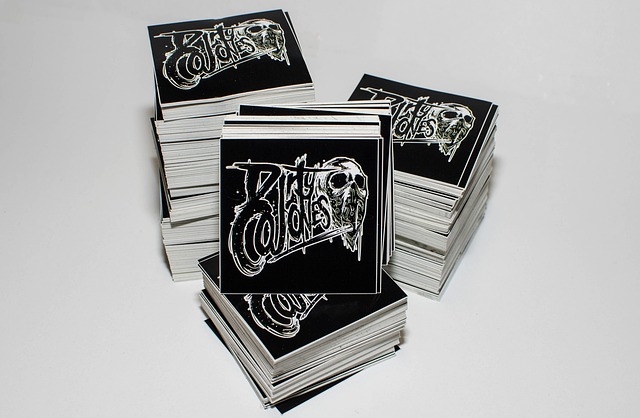Eco-Friendly Label Options for Sustainable Packaging
Choosing eco-friendly labels for packaging reduces environmental impact while preserving brand identity. This article explores material alternatives, adhesive choices, print and finish options, and design strategies that support sustainability without compromising durability or personalization.

Sustainable packaging is increasingly expected by consumers and regulators, and labels play a crucial role in a product’s environmental footprint. Selecting eco-friendly labels involves choices about materials, adhesives, inks, and finishing that affect recyclability, compostability, and overall durability. Thoughtful label design and production can align branding and promotions goals with sustainability targets while maintaining the look and function your product needs.
How do sustainable labels differ?
Sustainable labels prioritize materials and processes that reduce waste and pollution. Instead of standard plastic-backed labels, options include paper-based materials from recycled sources, cellulose films, and compostable substrates. The choice influences recycling streams: some paper labels are easier to separate at recycling facilities, while certain films designed for recyclability can be processed with specific plastic recycling streams. Durability and water resistance vary, so selecting the right material depends on the product’s storage, shelf life, and handling conditions.
What materials replace vinyl and decals?
Vinyl has been popular for decals and long-lasting labels due to its tear resistance and flexibility, but alternatives include biodegradable films, polypropylene from recycled content, and paper facestocks with protective coatings that are easier to recycle. Cellulose-based films provide clarity and a plastic-like feel with improved compostability. For decals, consider plant-based adhesives on recyclable facestocks or removable options that allow substrates to be recycled without contamination. Assess the lifecycle impacts and the expected contact with moisture or oils when replacing vinyl.
How does adhesive affect durability and recycling?
Adhesives influence both label performance and end-of-life processing. Permanent adhesives provide strong adhesion for glass and plastic packaging but can hinder recycling if they leave residues on containers. Removable or water-dispersible adhesives simplify substrate recycling but may reduce shelf durability. Pressure-sensitive adhesives are common, but bio-based or solvent-free adhesive formulations reduce volatile organic compound (VOC) emissions during production. Test adhesive compatibility with your substrate and intended use to balance durability and recyclability.
How to align branding with packaging sustainability?
Branding and packaging decisions should integrate sustainability goals without losing identity. Personalization and high-quality print are still possible on eco-friendly labels: consider using minimal ink coverage, single-pass print technologies, and design strategies that emphasize texture or diecut shapes instead of heavy color blocks. Diecut labels can create distinctive shapes while using less material when designed efficiently. Work with suppliers to specify recycled or FSC-certified paper and to ensure supply chain transparency for sustainability claims.
What print, design, color, and finish options suit eco needs?
Print choices affect both appearance and environmental performance. Water-based and UV-curable inks have lower environmental impacts compared with solvent-based alternatives, and vegetable-based inks can facilitate recycling in some systems. Matte finishes and uncoated papers reduce the need for laminates, improving compostability and recyclability. If a gloss or barrier is needed, look for recyclable or compostable coatings rather than traditional plastic laminates. Thoughtful color palettes and spot varnishes can achieve premium looks with less ink usage.
How can personalization, diecut, and promotions remain sustainable?
Personalization and promotional runs often drive short-run label production, which can increase waste if not planned properly. Digital print technologies enable on-demand personalization with minimal setup waste and lower minimum quantities, reducing excess inventory. When using diecut shapes for promotions, optimize layout to minimize material loss and consider using a single substrate across SKUs to simplify recycling. For limited-time promotions, removable labels or sleeves that are easy to separate can preserve the recyclability of the primary packaging.
Conclusion Selecting eco-friendly label options requires a holistic view of materials, adhesives, print processes, and design. By choosing recyclable or compostable substrates, low-impact inks, and adhesives compatible with recycling streams, brands can maintain recognizable packaging and personalization while reducing environmental impact. Collaboration with local services and label suppliers helps ensure practical, verifiable improvements to packaging sustainability.






